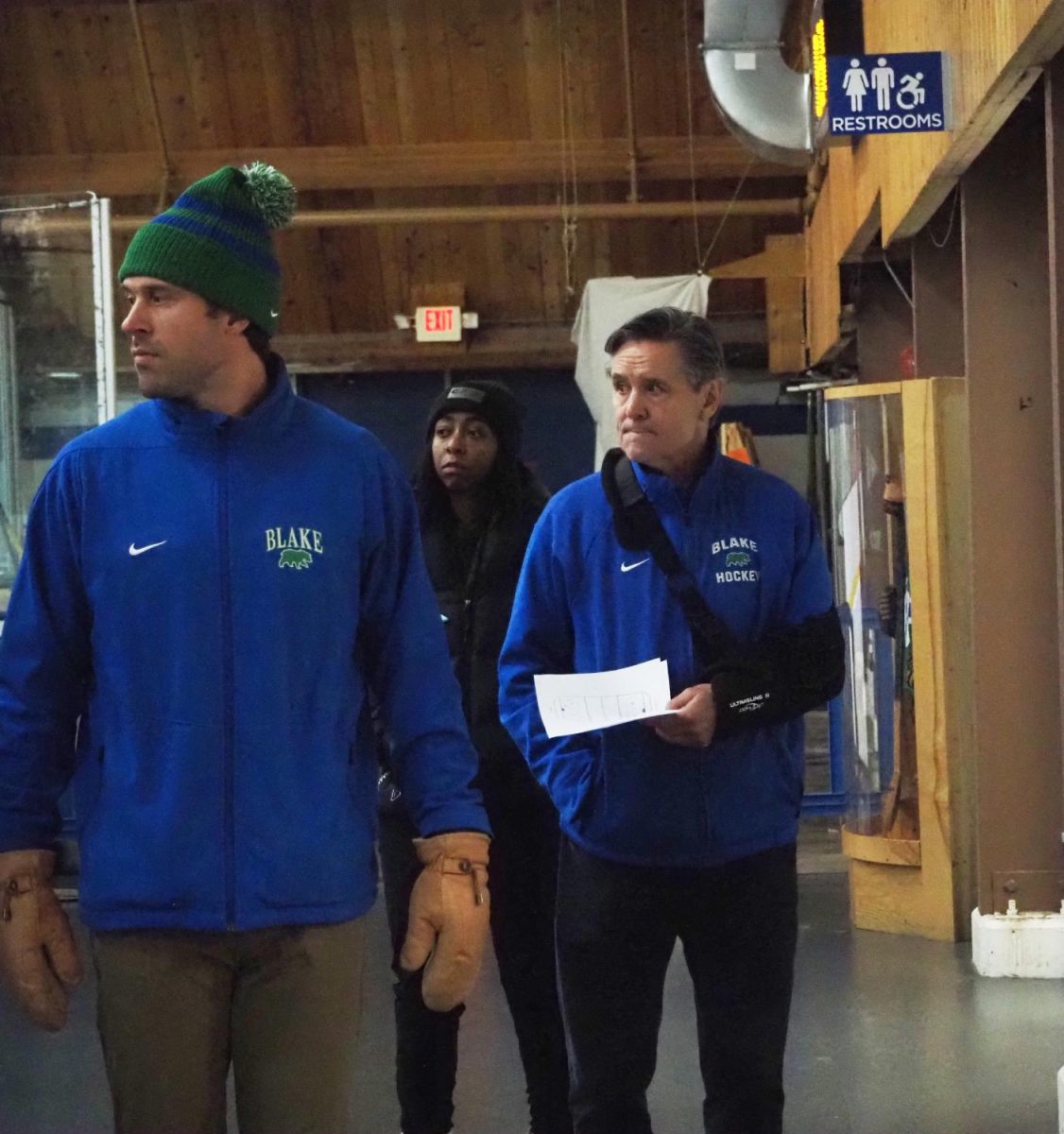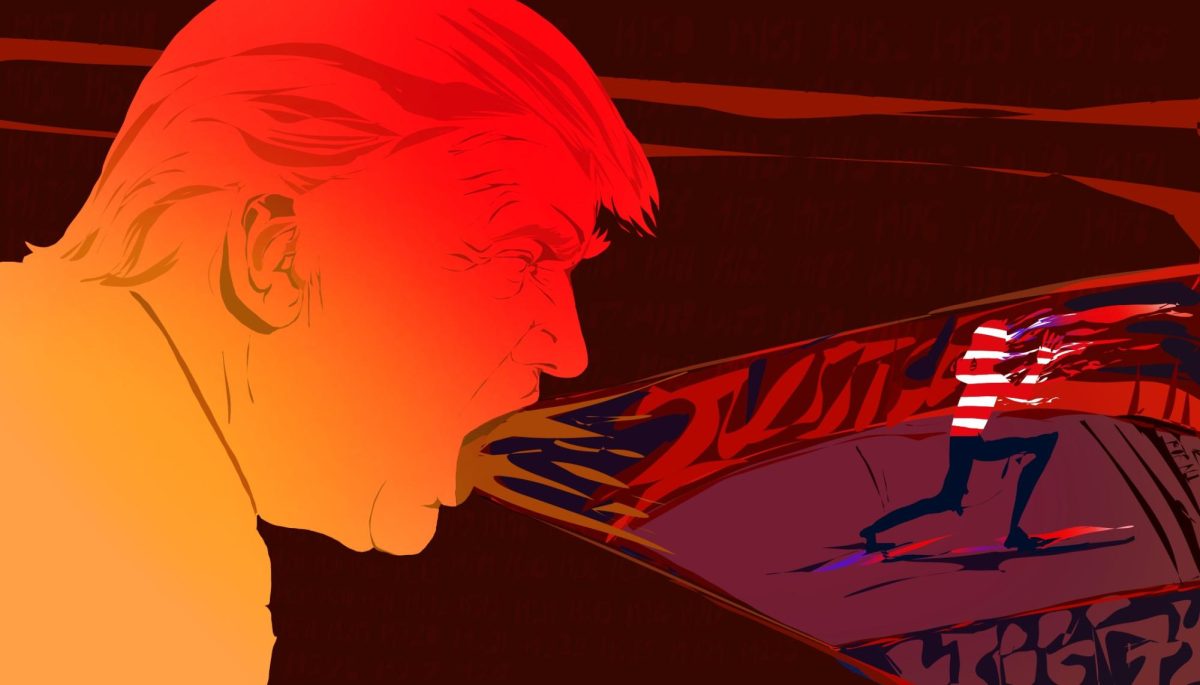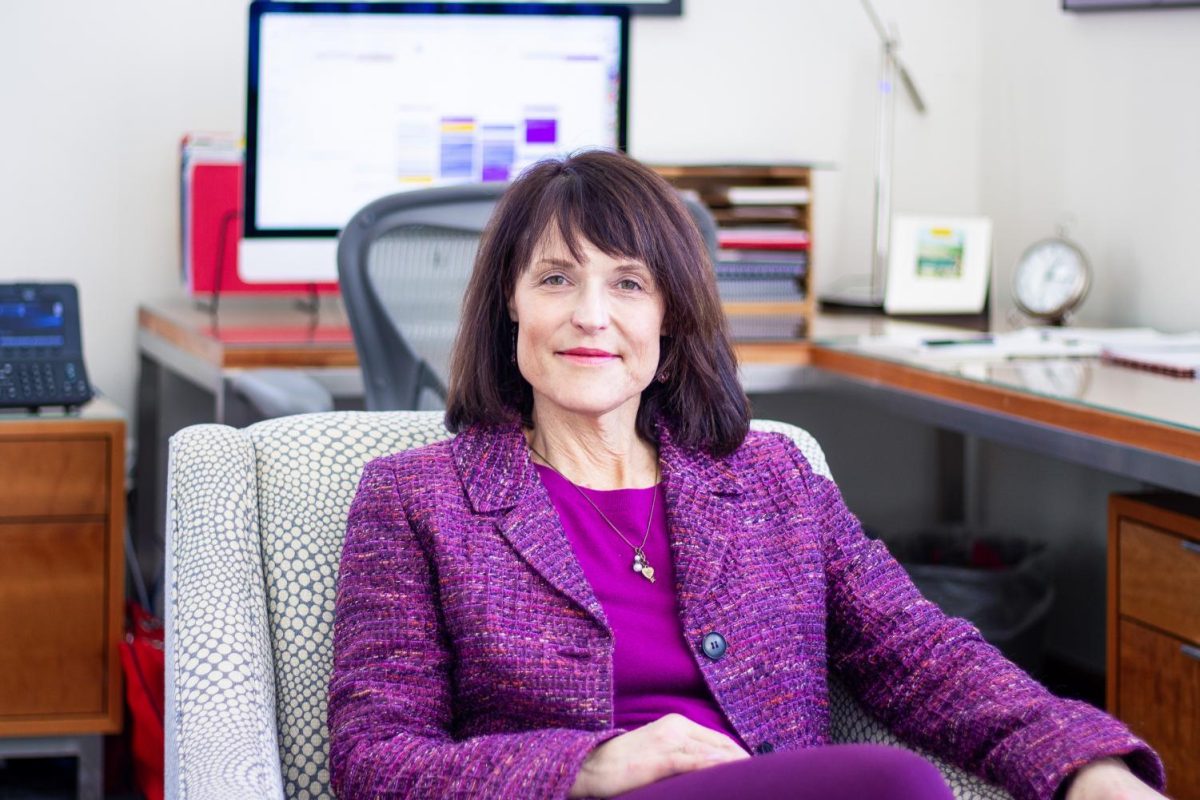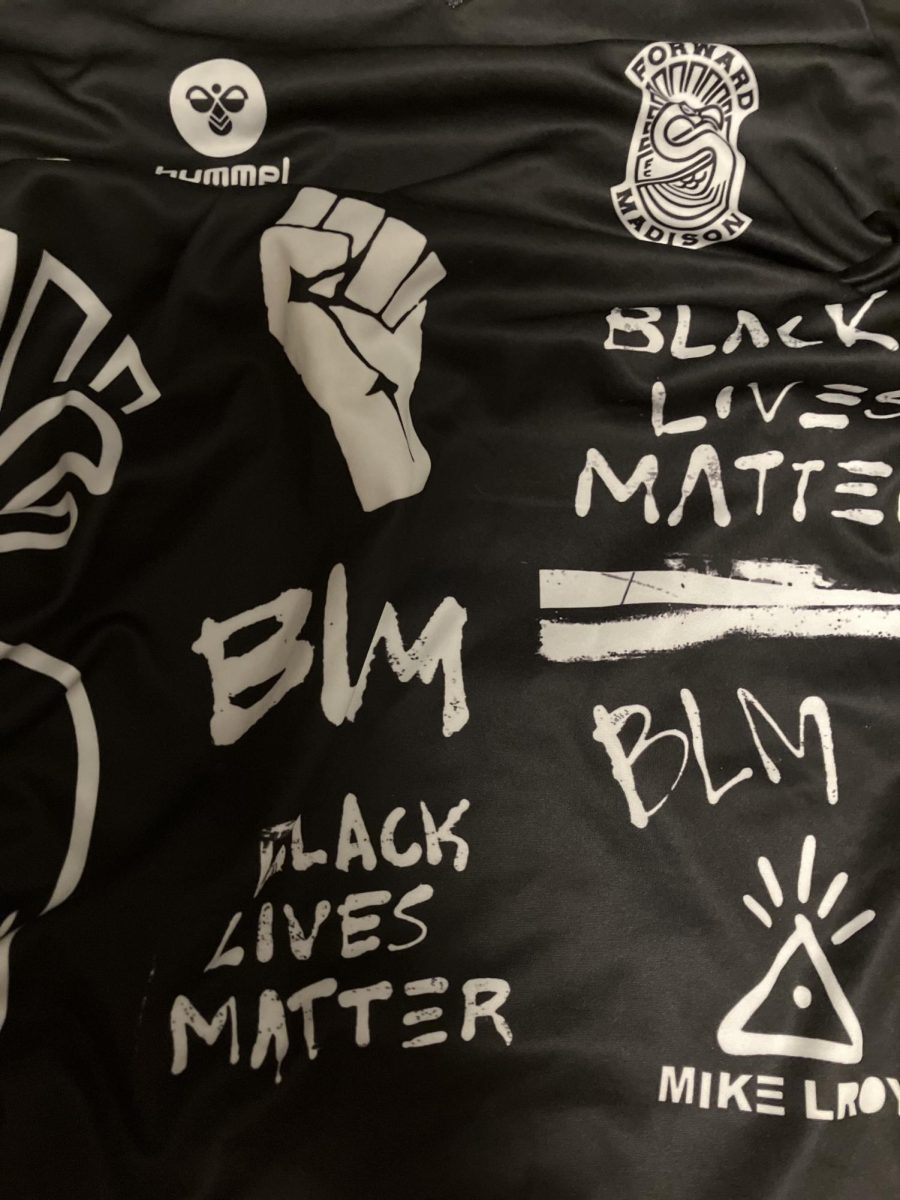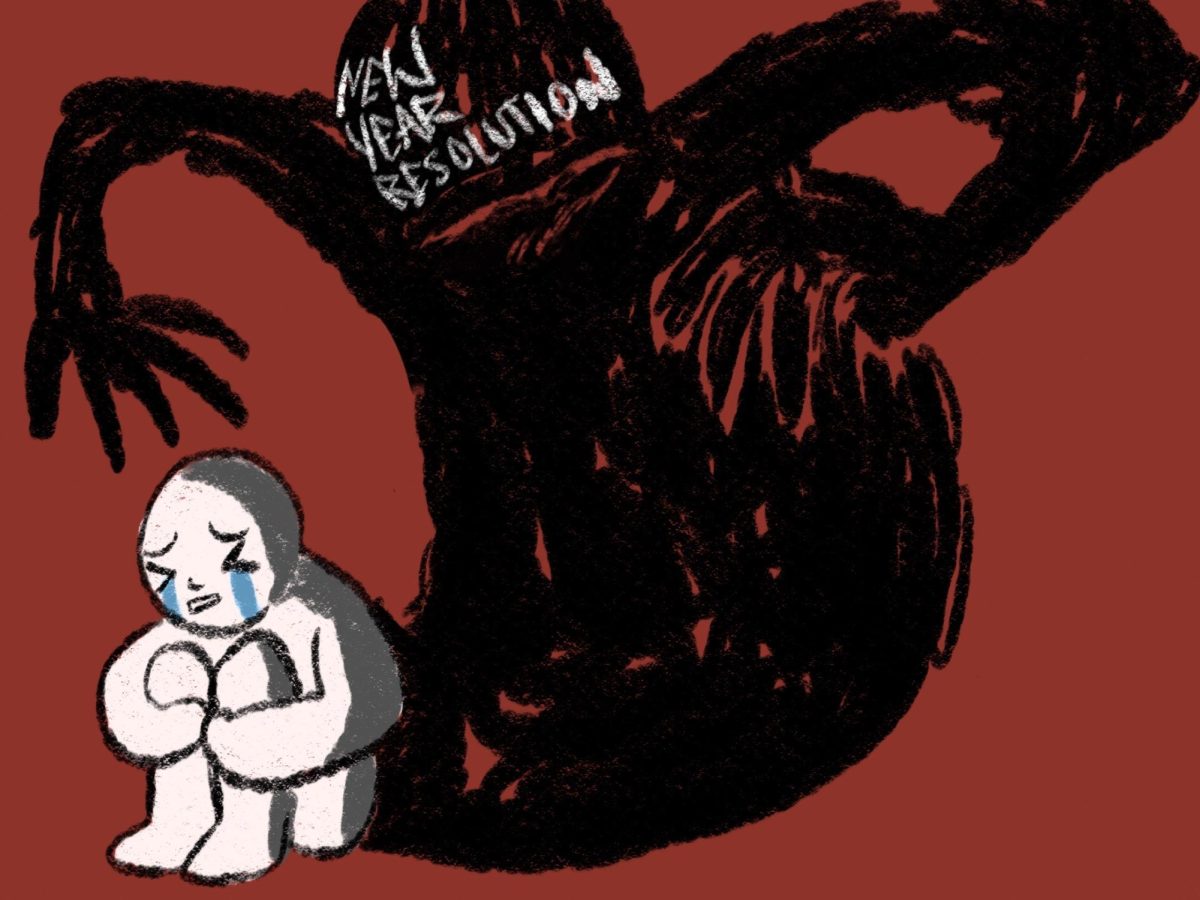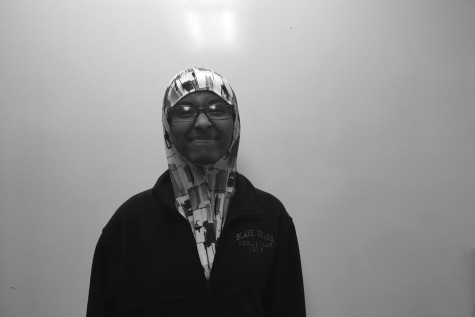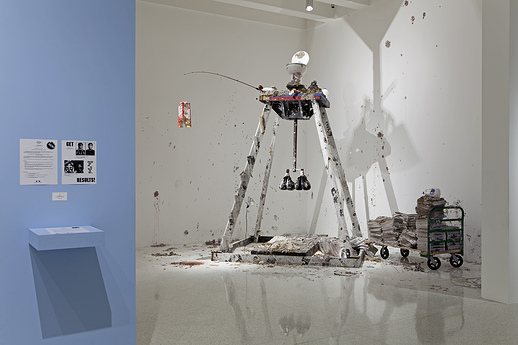
One of many pieces from the Walker exhibit ‘Radical Presence’ that informs on questions of race, gender, and stature.
When you imagine art museums, usually the first people that come to mind are artists such as Picasso, Van Gogh, or Da Vinci. All are important, yet oddly similar characters in the way that they’re fairly wealthy, white, older men.
Art, according to Webster Dictionary, “is the expression or application of human creative skill and imagination.” Art has the great power to tell the story of an area or even an entire culture with only a few brushes or photographs. Da Vinci’s Mona Lisa expresses a simple picture of a woman smiling but, on average, it is viewed by six million people annually, who to this day cannot come to a conclusive meaning.
That’s the great thing about art: it can be used as a common ground to interpret an infinite number of meanings. It is amazing that we live in a society where art and art museums are deemed important, but if artists of only a select few identities get represented in museums, the story that they paint isn’t as true and our interpretations often go astray.
“Radical Presence,” the newest Walker exhibition, strives to tell an artistic story that is usually silenced.
The exhibition, according to the Walker website, is a “stirring legacy of expression indicative of the African-American experience [which is] as varied and complex as the world they represent.” And, most eye-openingly, is the first comprehensive survey of performance art by black artists working from the perspective of the visual arts from the 1960s to the present.
Robert Smith, the curator of “Radical Presence”, express the importance of the exhibit stating, “many artists have made work that has been informed by or meant to directly address issues of racial, gender, sexual, and economic justice.“
Visual art as well as music, poetry, theater, and film have been tools for raising consciousness about political questions before and after the Civil Rights Movement of the 1950s and 1960s.” That’s just what Radical Presence does. The compilation of art made from black artists allows viewers to get a first hand account at “black culture” and what it means to be African American throughout sections of history.
The pieces range from black-and-white photography to art made from common kitchen supplies to paintings from 1960s and beyond.
According to a Ja’de Till ‘17, who visited the Walker exhibit on a class trip, “[the pieces] weren’t perfect pictures of portraits of people, but instead something that made you think, What in the world is this?”
That’s exactly its purpose. While it helped educate the Walker visitor of a perspective they may or may not relate to, it also played a key role in taking that next step to encourage discussion. Pieces were incredibly different in the ways that they pushed patience and imagination, adding to the impact that it left on the audience.
Inclusion for all identities in the art world is extremely important when it expresses liberty for all, but Smith also warns audiences against using only a piece of an artist’s identity to make a conclusion about their artwork. He stated, “When it comes to race, black artists often get reduced to race alone and [art] is the main way we seek to understand it.”
As vital as it is to realize the artist background and how they could be affected by that, their individuality and sauna as an artist is not limited to that. Every art piece is affected by the past and present its artist, making it an expression of an individual, but it also fits into a larger theme. Giving a person of a minority identity a space on the wall in a museum is nice, but the issue reaches deeper than that. Museums, as a place of learning, have a role to play in the sociological setting, but we as the students, visitors, world citizens, and human beings, still have a gap to fill. As education is the first, and arguably the most important step, there is enough road up ahead for plenty more steps to go.
Our role as students, although varied, can play an extremely important role. According to Smith, “Students have often played a crucial role in struggles for social justice. High school and college students staged the lunch counter sit-ins that helped desegregate the United States in the 1960s. Young artists have also been key to organizing the protests in response to the police killings of Michael Brown and Eric Garner. What can students do to encourage the role of art in social justice movements? Make it or support those that do!”
The idea is that everyone has something to share with the world, and likewise, everyone also has something to learn. After the nation has been touched by events such as Ferguson, many students are still searching for the balance between listening and speaking. Art helps in this education. This education is present in in the everyday classroom, filled with bright and unique voices. This education is present right at the Walker, which is free of admission for students, and less than a block away from our school. This education is present in your community, on the media, in the world. You may not agree with the idea, or you may feel uncomfortable by it, but you should be able to learn something from any search for education.
Art express the stories often silenced by oppression and other restricting forces and many times, is worth more than a thousand words. A quote by Edward Hopper sums the unique purpose of art: “If I could say it in words, there would be no reason to paint.”






